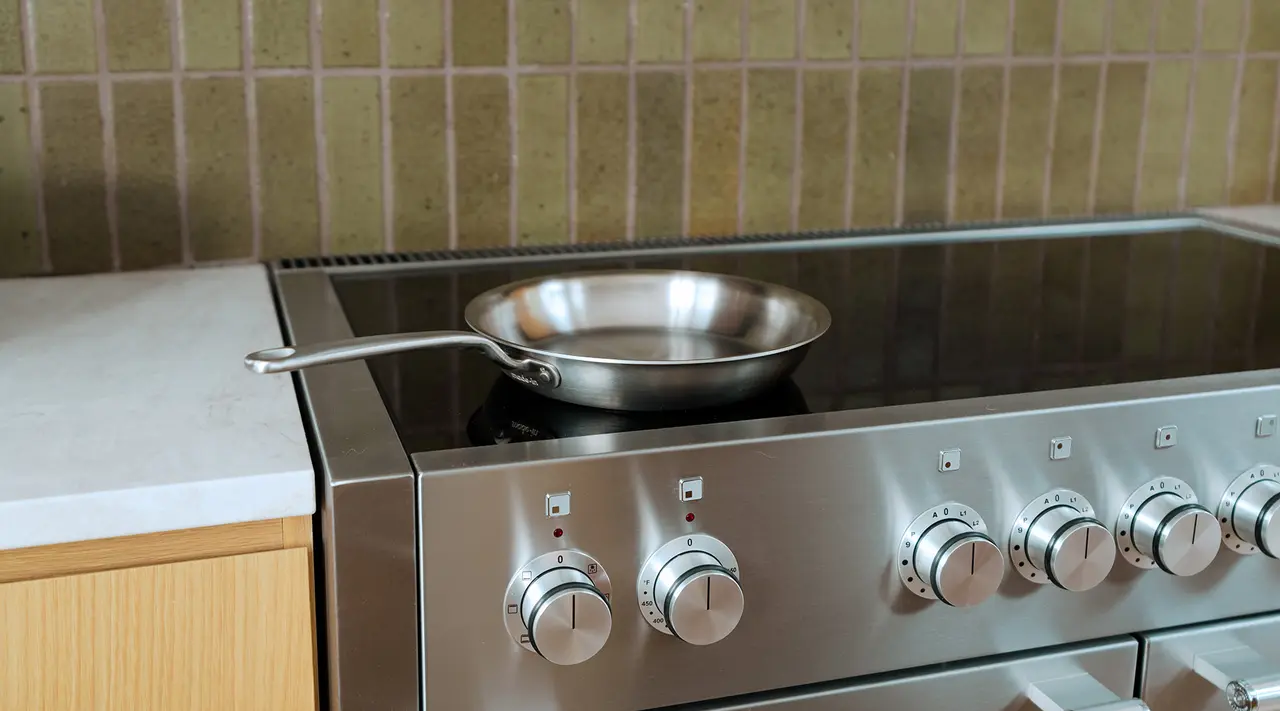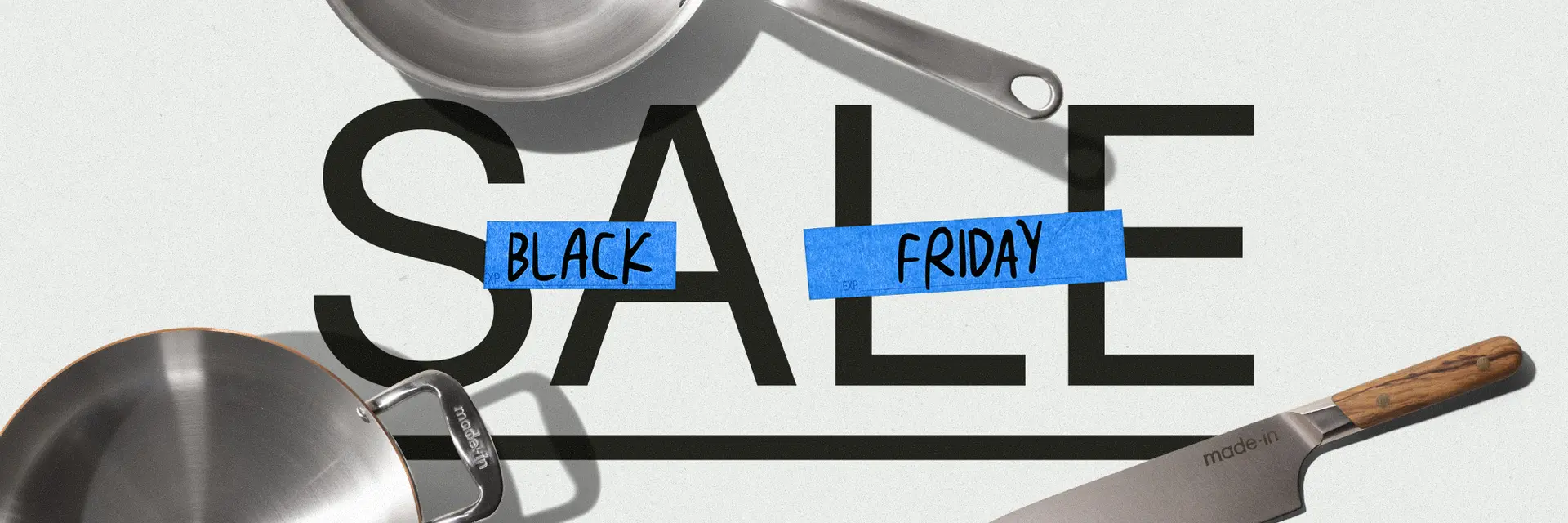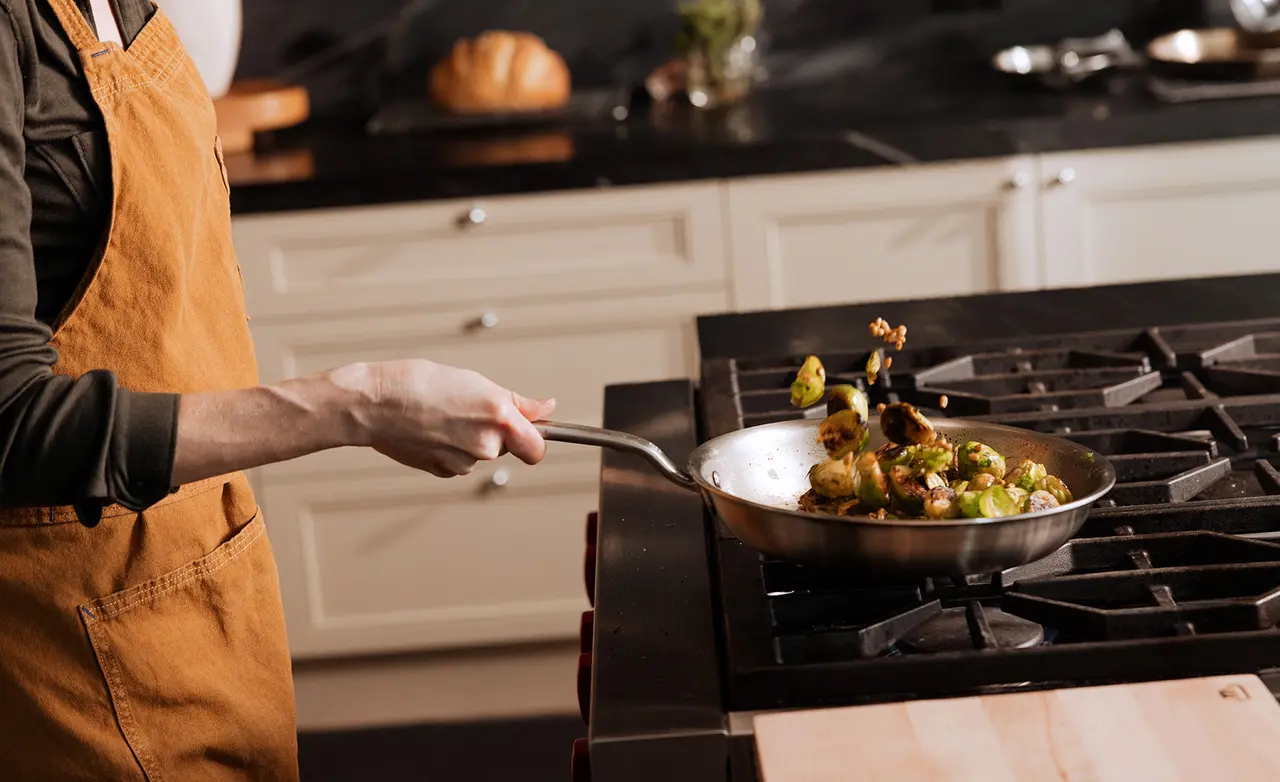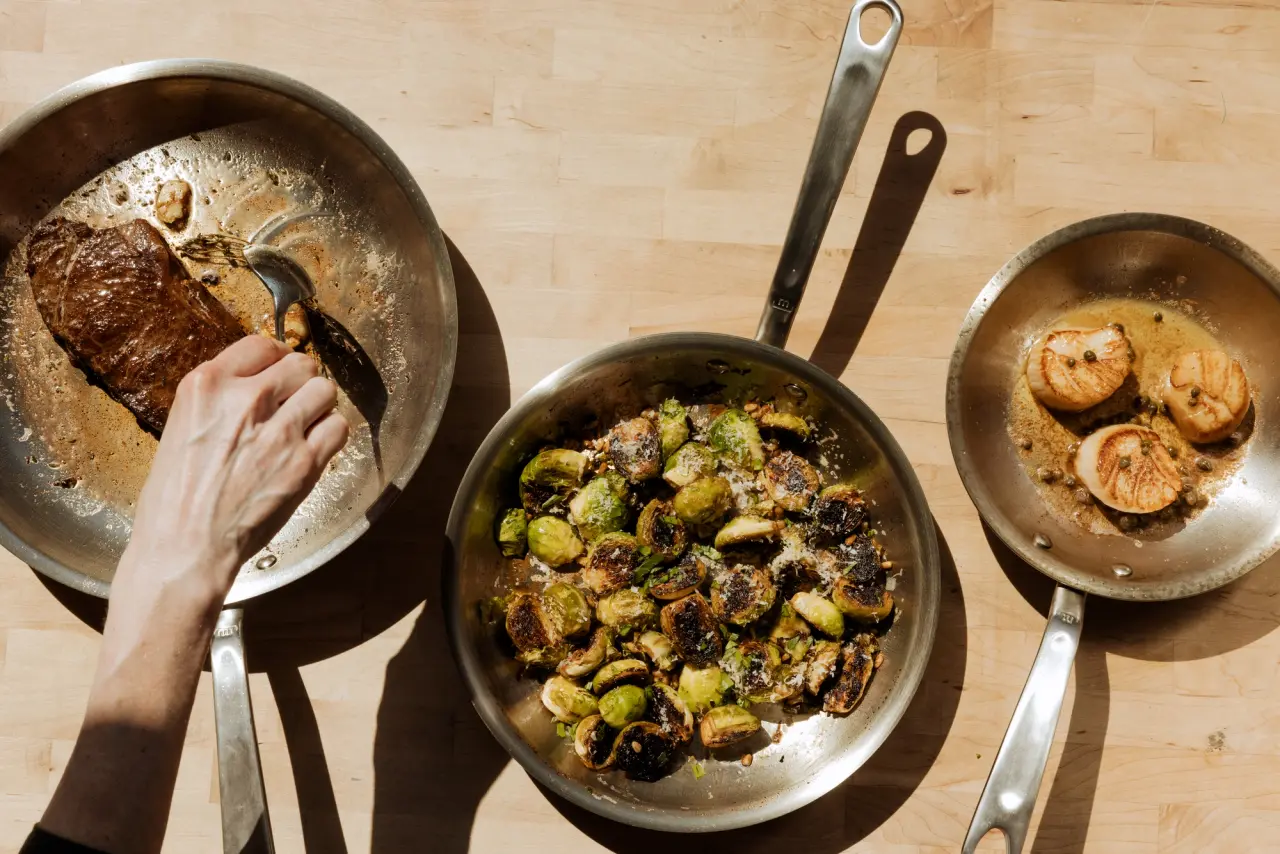Induction cooking has seen a surge in popularity in recent years among both professional and home chefs. Induction not only speeds up cooking times, but is also a cost-effective and energy-efficient option. The price of induction cooktops has also decreased significantly over the past several years, making this technology more accessible than ever before.
So, how exactly does induction cooking work and what makes it such a great choice for restaurant and home kitchens alike? We're covering this and more, with a bonus trick for quickly determining whether a piece of cookware is induction compatible.
How Does Induction Cooking Work?
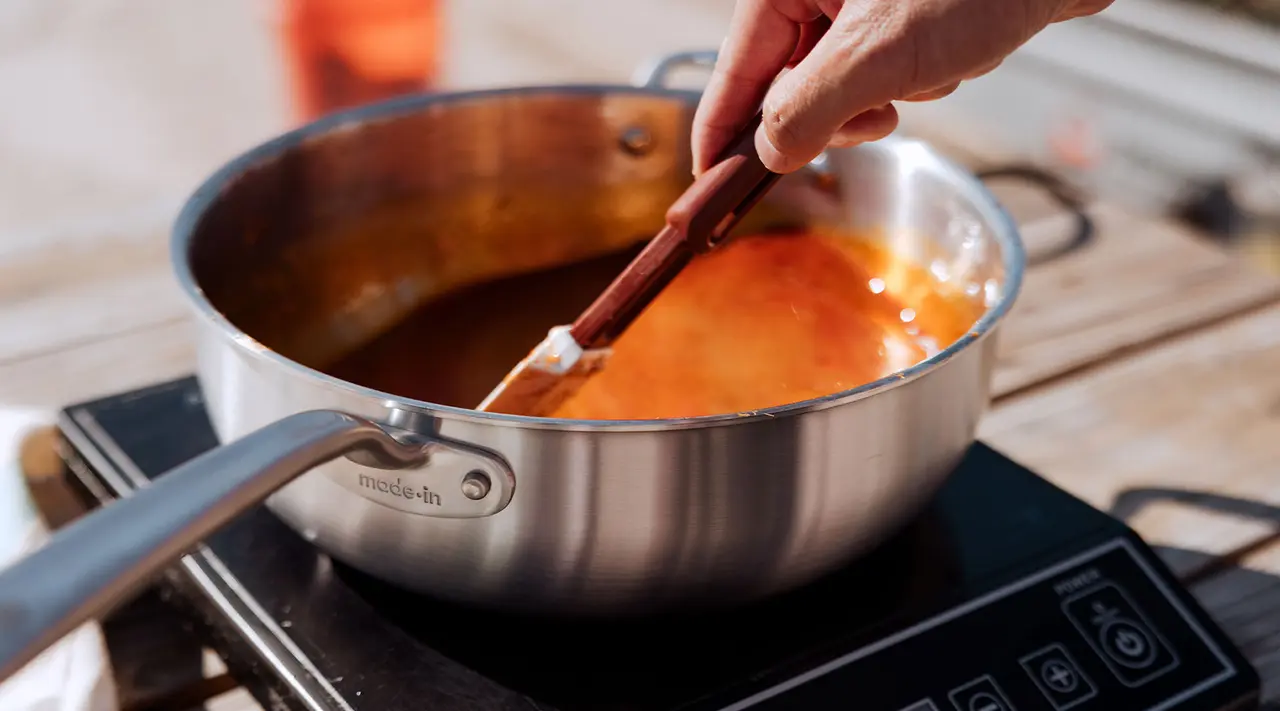
Specifically, induction cooking refers to the use of an induction stove or cooktop that provides direct heat to the cookware itself. Electromagnets located inside the cooktop itself are used to stimulate the atoms inside conductive cookware, which generates heat that is passed through as radiant energy to food.
Compared to gas and electric stovetops (which must heat a separate element before passing energy through to the food), thermal conduction offers direct heat. And because induction cooking is done through electromagnets and coils, there is no flame to worry about—meaning nothing besides the pan heats when the stove is on (so no reason to worry about errant hands getting burnt).
Advantages of Induction Cooking
There are many reasons as to why restaurant owners, chefs, and cooks prefer working with induction cooktops over other types of cooking appliances.
For starters, induction allows food to be cooked quickly—because heat is transferred directly from the power coil to the cookware, meals can be cooked faster than with electric and gas options, both of which need time to heat up.
Some other advantages of induction cooking include:
- Greater temperature control
- Excellent energy efficiency
- Improved safety (cooktops don't get hot to the touch)
- No gas supply needed (only a power source for the coil)
What Cookware Works on Induction?

One of the most important things to be aware of if you're considering the switch to induction cooking is that you can't use just any cookware on an induction stovetop. Specifically, you'll need to make sure that the pot, pan, or other cookware you use is ferromagnetic, which is required in order for the cookware to be properly heated. A non-magnetic material won't interact with the induction cooktop.
Some examples of common induction-compatible cookware materials include cast iron, carbon steel, and certain types of both stainless steel and non stick.
Cookware that is made of non-magnetic materials (such as copper, aluminum, or nickel) will not work with an induction cooktop.
How to Test for Induction Compatibility
If you're not sure whether the cookware you have in your kitchen is compatible with an induction stovetop, there is a simple test you can perform to determine whether this is the case.
All you have to do is take a magnet and place it at the bottom of your pot or pan. If the magnet sticks or repels—you should feel some type of interaction, no matter what kind—then you can use the cookware on an induction stovetop successfully. If the magnet doesn't interact, then it's not induction compatible. Try this with a stainless pan and then a dinner plate to feel the difference.
The Bottom Line on Induction Cooking
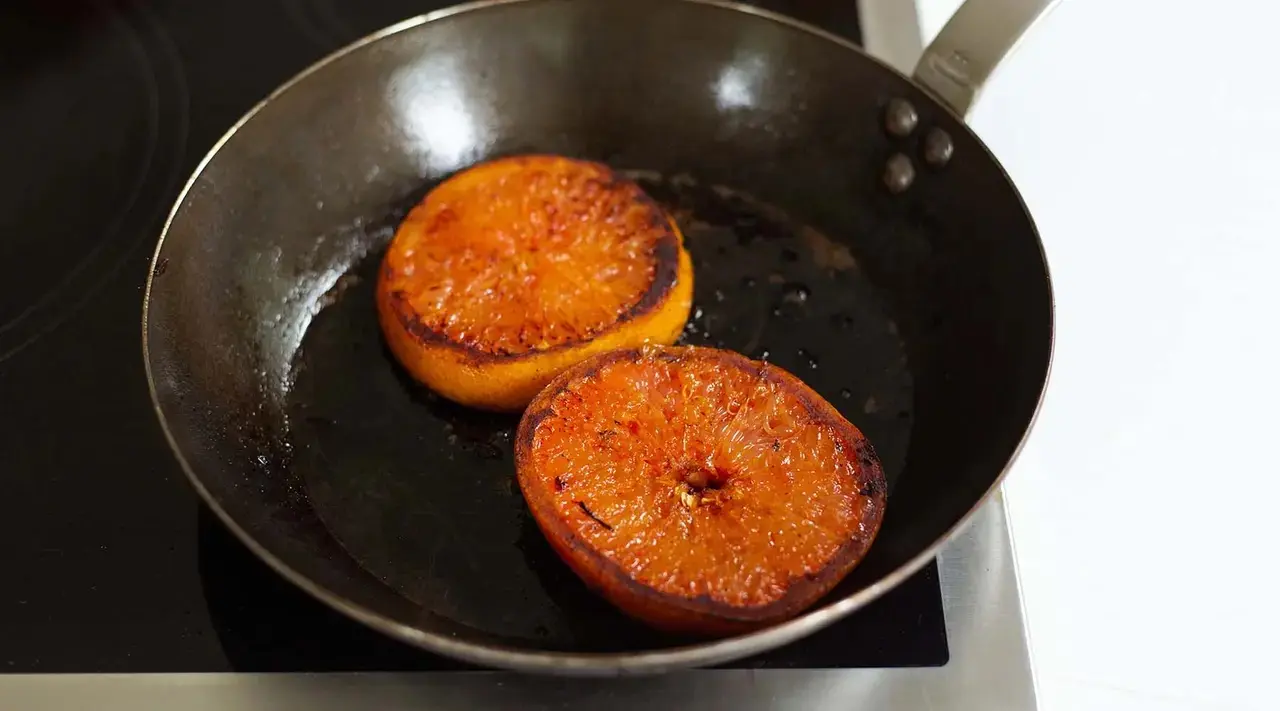
Compared to other common methods of cooking—like electric and gas stovetops—induction cooking offers unrivaled temperature control, speed, energy efficiency, and safety. With so many benefits to induction cooking and with pricing being more affordable than ever, it makes sense that many restaurant owners are looking to make the switch.
The good news is that switching to induction cooking can be an easy transition, especially since you only need access to an electrical outlet to power an induction cooktop—well, and induction-compatible cookware.
Ready to Shop?
Ready to explore your induction cookware options? No matter what your needs or specific price point, we've got you covered with a wide selection of professional-quality, induction-compatible cookware.
